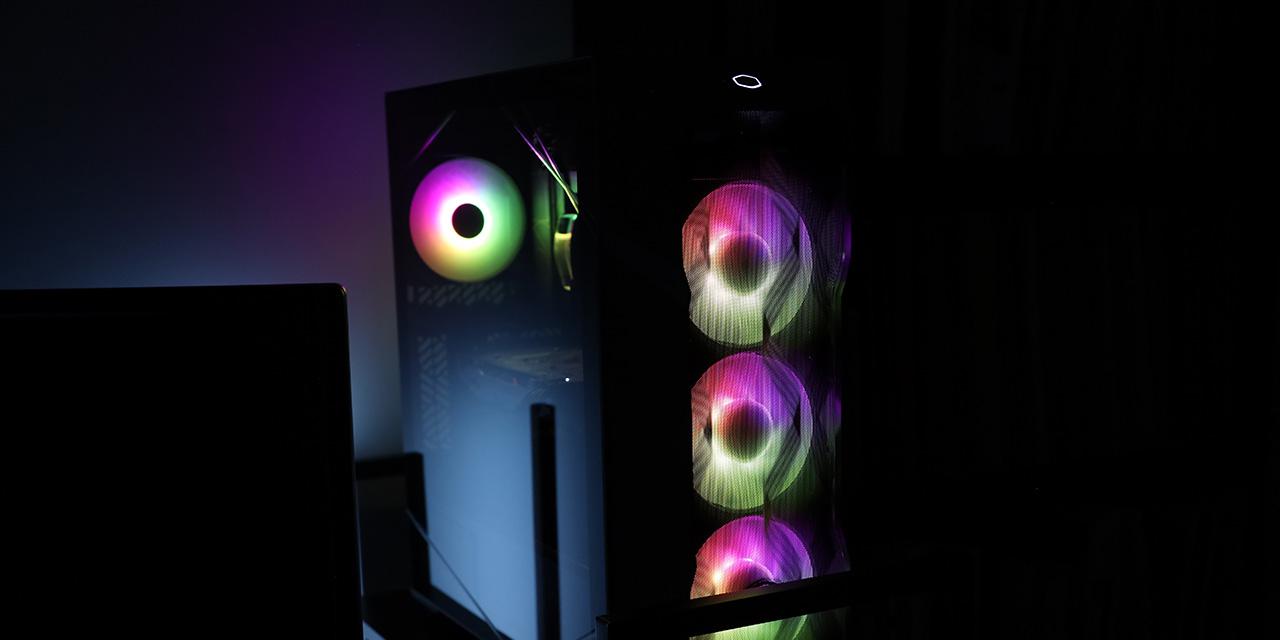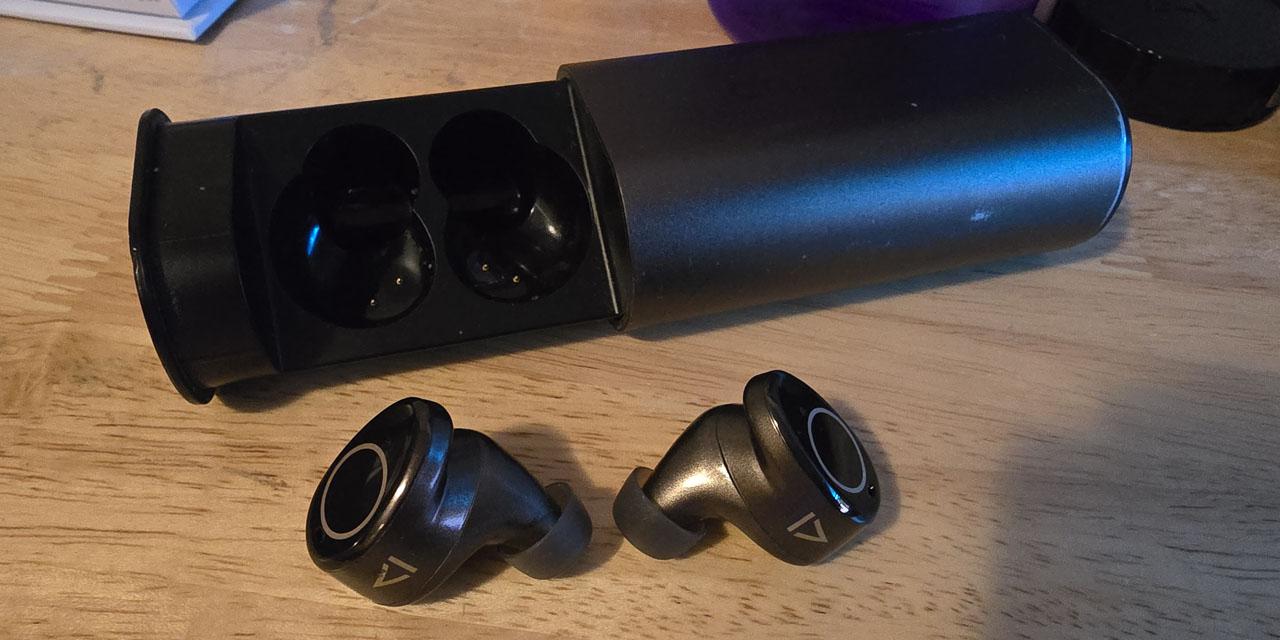|
From X-bit Labs: Nvidia Corp. on Monday introduced what it calls the world’s highest-performing application processors for tablets and smartphones. The new chip is among the first quad-core system-on-chip devices for mobile applications that packs ARM Cortex-A15 cores. The latest Tegra 4 also features a number of photography-related advantages. Nvidia Tegra 4, previously code-named “Wayne”, features four ARM Cortex-A15 general-purpose cores as well as custom second-generation low-power general-purpose cores. The chip also incorporates 72 custom Nvidia GeForce stream processors that provide six times graphics processing performance of previous-gen Tegra 3. The new application processor also fully supports output to ultra high-definition screens with up to 4K resolution (3840*2160). Tegra 4 offers exceptional graphics processing, with lightning-fast web browsing, stunning visuals and new camera capabilities through computational photography, according to Nvidia. The new SoC is made using 28nm process technology. "Tegra 4 provides enormous processing power and efficiency to power smartphones and tablets, gaming devices, auto systems and PCs. Its new capabilities, particularly in the area of computational photography, will help improve a whole range of existing products and lead to the creation of exciting new ones," said Phil Carmack, senior vice president of the Tegra business at Nvidia. Tegra 4 also enables worldwide 4G/LTE voice and data support through an optional chipset, the fifth-generation Nvidia Icera i500 processor. More efficient and 40% the size of conventional modems, i500 delivers four times the processing capability of its predecessor. Among the Tegra 4 processor's advantages is its computational photography architecture, which automatically delivers high dynamic range (HDR) photos and video by fusing together the processing power of the GPU, CPU and the camera's image-signal processor. Its HDR capability captures images, including those taken with a flash, the way they are seen by the human eye – with detail in both bright and dark areas. View: Article @ Source Site |
 |
Nvidia Introduces Tegra 4 Application Processor for Tablets and Smartphones
© Since 2005 APH Networks Inc. All trademarks mentioned are the property of their respective owners.





